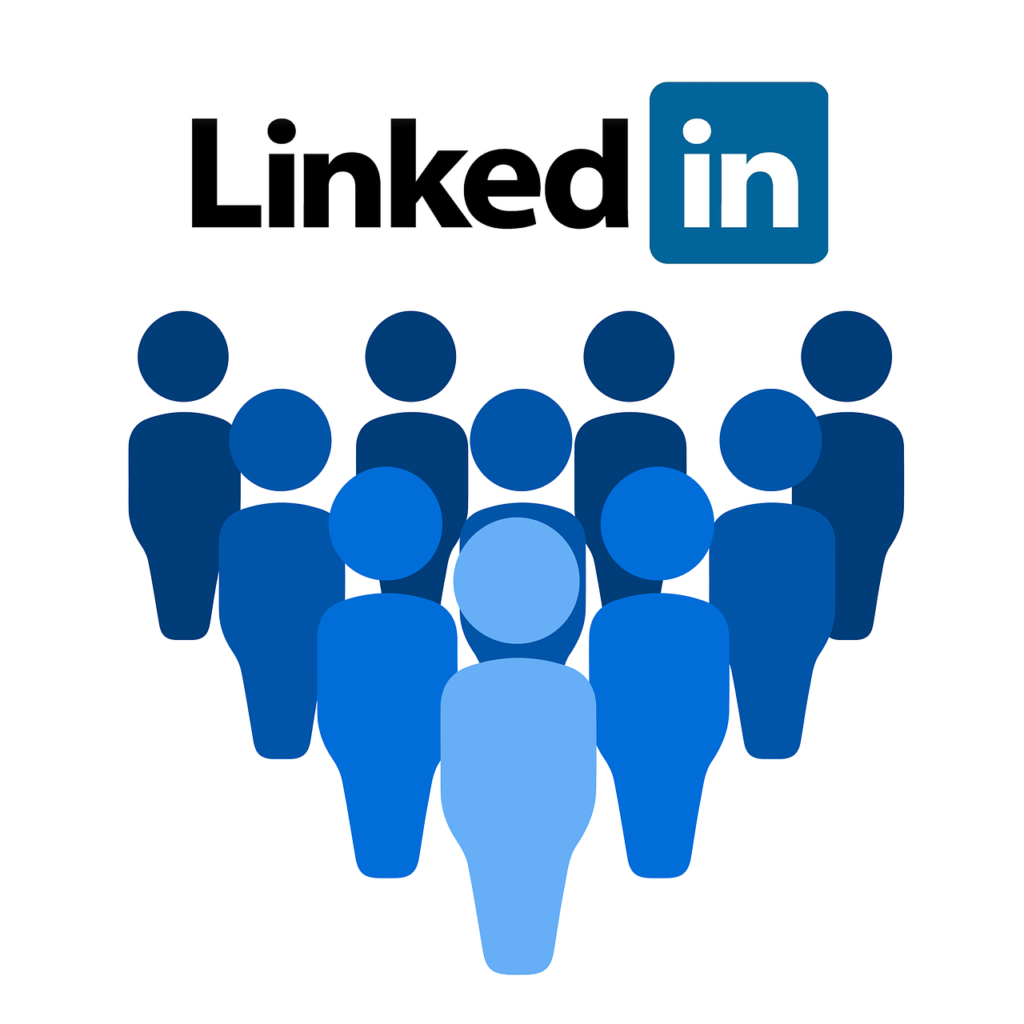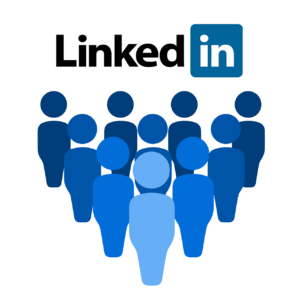
Taking on a new leadership opportunity can come with undue stress surrounding the demands and qualifications of the role. Familiarizing yourself with the common tools executives use to operate at their full potential can make a major difference in your confidence entering the new position. Use the strategies listed below to give yourself a head start on your new career step and get you ready to be the best leader you can be!
Strategic Thinking and Decision-Making
Every individual has a different skill set and expertise that makes them fit-to-hire within given leadership roles. Leadership responsibilities can be some of the most demanding, and can require the right kind of professional characteristics and skills to reap beneficial results. It calls for prompt and accurate decision-making and strategic thinking to devise the right solutions for issues that may arise internally and externally, as well as the ability to be innovative and find creative solutions to complex problems. Supporting innovation amongst employees and team members is also crucial to gain a wide set of perspectives and expertise, and resolve issues that depend on broader or more focused thinking.
Strategic thinking is another attribute that allows for the design of forecasting and prevention methods that combat possible challenges. It can be used by leaders to address internal team changes, concerns, advancement opportunities, and to instill proper conflict management and resolution strategies. Strategic thinking also applies to external factors by helping to monitor competitors entering the market and determining the best course of action internally to address new demands and differentiating factors. This can lead to more forward-thinking production planning to remain relevant and on top of changing trends to be a market leader.
To determine whether or not you are a strategic thinker, review these qualifying characteristics:
- Strategic leaders do not try to fit the mold. They think outside the box, even if it is unpopular to do so, to take calculated risks.
- They learn from their experiences to implement tried and true improvements and prevention methods that could yield better results.
- They push themselves and their teams to accept new challenges. They believe in their team, having full confidence that their efforts will lead them to success.
- They keep a positive attitude, seek opportunities, and seize them. They do not let fear of failure dictate their actions, but instead, push past comfort zones to seek better results.
- Strategic thinking leaders are forward-thinking influencers. They influence decision-making and set a purpose-driven example by driving team members to trust the process, and believe in what their leaders are striving toward.
Management Strategies and Tools
Technology is making waves in modern business, demanding new leaders to familiarize themselves with the right tools that get the job done. The main role of tech-based tools in leadership is to keep projects and strategies organized and easily accessible. They also provide data collection to further streamline leadership decision-making and forecast future trends that could impact the internal operations.
Managing financials is one of the major responsibilities bestowed upon leaders, so having the right organizational tools to manage financial information is key to accurate project planning, payroll, and budgeting. Management tools like ERP systems include modules that cover all major aspects of financial management. Familiarize yourself with these tools taking the business world by storm to bring in a fresh perspective on ways to properly utilize its features to improve operational productivity, better outline future project plans and forecast possible budget constraints. CRM software can also be used for external operations to ensure that all client relationships stay organized and production meets their demands to remain competitive in your company’s given market.
Managing tools do not always consist of tech-based software, but can focus on team building strategies as well. Research varying ways of engaging employees to learn their individual strengths and weaknesses and adjust your leadership approach accordingly. For example, introverted employees may prefer more authoritative leadership, while more independent team members may prefer the opportunity to engage in knowledge and power-sharing methods. With this knowledge, you can build a more effective team and connect with employees on both personal and professional levels to build trust. Be sure to be genuine, open, well-informed, and accessible to team members, and share your credentials to instill their confidence in your direction. Be goal driven to find purpose in everyday work and influence your team to seek shared goals by acting as a coach. Do not assume you have all the answers, and take employee input and ideas into consideration. Studies show that engaged employees are 87% less likely to leave an organization. Modern leaders are transforming traditional leadership by supporting collaborative, authentic, and creative work environments where professionals can flourish and share their expertise on a fair and even playing field.
Training and Team Building
Proper leadership training will most likely take place post-hiring, but it is still good practice to review the training materials and process prior to acceptance of the role. Begin by learning core leadership practices and processes, and understand the different leadership styles to determine which you identify with most. These styles consist of:
- Autocratic Leaders…create clear strategies and expectations and perform decision-making processes on their own. These leaders are prone to micromanaging, and this style is the least desirable.
- Delegative Leaders…allow teams to make decisions together with a collaborative style.
- Participative Leaders…balance between the first two styles of leadership. They provide guidance and set standards for their teams, but take into account ideas, feedback, and input from team members in decision-making processes.
Having a grasp on ways to train prospective team members is important. Recognizing each individual’s specific skills and strengths will help you delegate tasks accordingly and can result in higher levels of efficiency and productivity. If a team member wants to broaden their skills in order to take on new challenges, determine a comprehensive training program that offers both in-person and online courses that are accessible and can be completed in a timely manner to get your team up and running as promptly as possible. A communication strategy also helps with training initiatives by opening the flow of information from team members to leaders, and supplies transparent feedback and insight into training offerings to implement improvements in problem areas. Clear communication also creates channels to review goals and timelines to ensure the team is up-to-date on current deadlines and processes.
Building motivation amongst team members requires realistic goal setting and recognition of both small and large achievements. By outlining a goal- orientated strategy, team members are able to envision their role in making impactful decisions and innovative thinking to develop calculated action that brings the team closer to its common goal. As a leader, you need to set an example and remain transparent about expectations and team or process changes. Team building activities are a great way to keep all team members informed of these changes, and allows for recognition to be shared regarding milestones and accomplishments. 35% of professionals surveyed in a recent study found that gratitude and recognition boosted their overall productivity. Fostering positive morale and motivation helps keep you and your team members happy, productive, and moving forward toward common goals.
The Future of Leadership
Keeping a weathered eye on the leadership horizon before applying to a new role is key to understanding where leadership techniques are headed and if your skill set and personal attributes align with future demands. With the adoption of automated tools, artificial intelligence, and emerging technologies changing the game, the pace and rate of change is increasing. This can easily become overwhelming when trying to evolve a strategy and team to meet or surpass these demands. Team skills and expertise will need to reach higher standards and be tech-driven. The need for technology knowledge is key to growth and steady positive performance. Overarching goals and objectives are based on these future trends and market demands, so perform in-depth research on up-and-coming leadership tools that may be seeing a digital transformation in coming years. Boost your own skills to remain competitive amongst other candidates and prepare yourself for being a leader in a tech-driven world.









